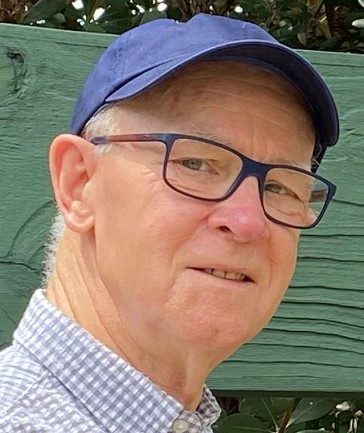Updated Thursday, Feb 24, 2022.
The Queensland Resources Minister has turned down an eleventh hour appeal for the Government to step in and stop clearing of an important Glossy Black habitat at Sunrise Beach.
Peregian Beach Community Association President and retired barrister Barry Cotterell has been calling for an interim declaration under the Vegetation Management Act to halt clearing for the giant Blue Care development.
A spokesman for Resources Minister Scott Stewart says he praises the efforts to advocate for better planning outcomes, he could not retrospectively set aside the existing approval made by the Sunshine Coast Regional Council in 2011.
Under the Blue Care approval there is no immediate requirement for a habitat to be established before the clearing of the existing habitat.
To comply with the Policy, the vegetation offset program should have preceded approval of the vegetation clearing by at least ten years to provide a viable alternative habitat and to avoid the impact of the clearing.
The Sunshine Coast Regional Council (SCRC), in 2011, simply required Blue Care, the developer, to establish a Vegetation Clearing Offset Program to propagate seedlings to replace the feed-trees for the endangered Glossy Black Cockatoo which the development would destroy.
It is an “Offset Program” and not a “Habitat Offset Program”. It is designed to facilitate development proceeding and the land clearing, not to protect a high conservation value habitat. It pays lip service to the problem, without seriously addressing it.
Blue Care were granted an approval by the pro-development Sunshine Coast Regional Council for an overdeveloped residential aged care (102 beds) and retirement living facility (105 Apartments) at Grasstree Court, Sunrise Beach.
The Offset Program was to be established at a nearby location with similar soil properties and the plants were to be maintained for a specified period (minimum 5 years) after the establishment of the receiving site. There is no requirement for a habitat to be established, let alone maintained.
The developer appears to have little real concern that its development will irreversibly destroy some scarce habitat of an endangered species, the Glossy Black Cockatoo.
Despite the 2011 Approval, it was not until 2018 that the developer identified a total of 71 she-oak trees that had some evidence of feed activity on the development site.
The trees to be removed are to be offset at a ratio of 8:1 by seed collection and subsequent replanting/re-establishment.
By 2022, the collected seeds had produced 130 plants of merely 150 to 200 centimetres and 600 plants which were only 70 to 80cms. These seedlings are still to be planted out. No mature trees are being relocated, so any offset habitat is many years away.
These endangered birds are particularly fussy eaters so we don’t even know whether they will use these future trees even WHEN they grow big enough. We may never know.
The vegetation offset program should have preceded approval of the vegetation clearing by at least ten years to provide a viable alternative habitat.
This could have occurred here if the SCRC had been genuine in its effort to broker a meaningful offset and insisted that the company acted on it in 2011 when it was approved.
The reference to this result as a Vegetation Clearing Offset Program is, in my opinion, a farce and an appalling approval process set up by the regional council when it was running things here in Noosa.
The fact that development only commenced in 2022, shows that it was not justifiable on the basis of need in 2011.
When it failed to proceed, instead of simply seeking an extension of time in 2016, the developer should have been required to explain the reasons for the delay and fully justify the need for the development according to the then applicable laws, which had changed.
If a new application had been required in 2016, both the State and Noosa Council should have corrected the mistakes of the 2011 approval.
What are the endangered Glossy Blacks meant to survive on after the destruction of their feed trees while these seedlings grow to maturity?
If a properly drafted Vegetation Clearing Offset Program had been implemented from the start, the Glossy Blacks may have had some chance of an “offset habitat” being ready for them as a food source.
Instead, we have inherited and extended a terrible approval process that has increased the vulnerability of the Glossy Blacks as a species in Noosa Shire.
There are so many lessons to be learned here. One is that endangered birds need food now, not empty promises.


